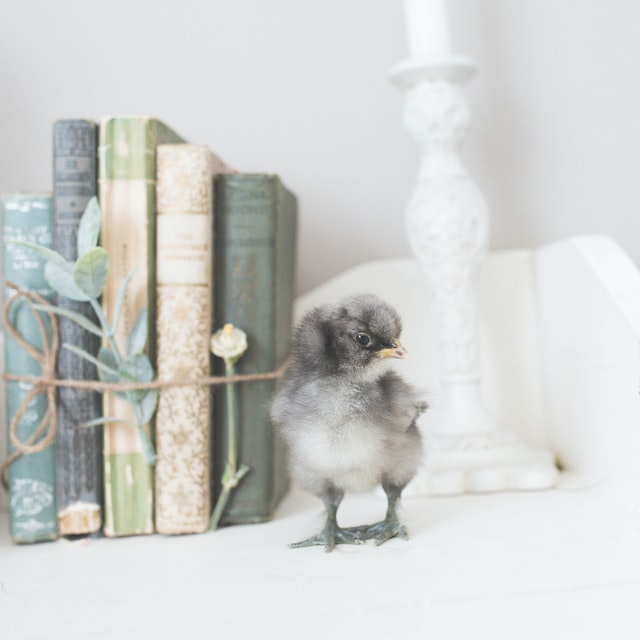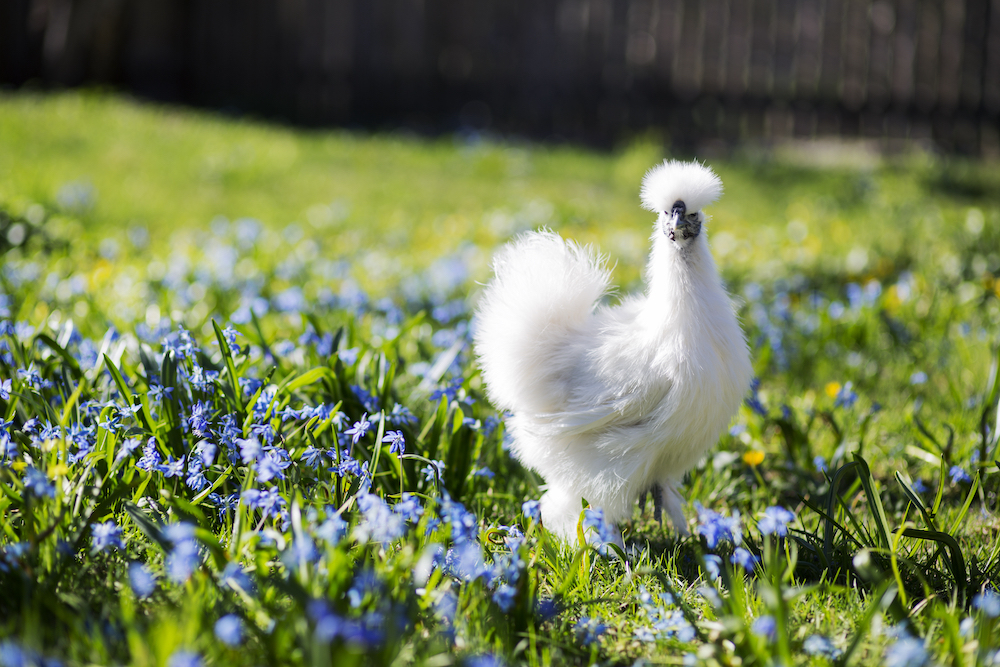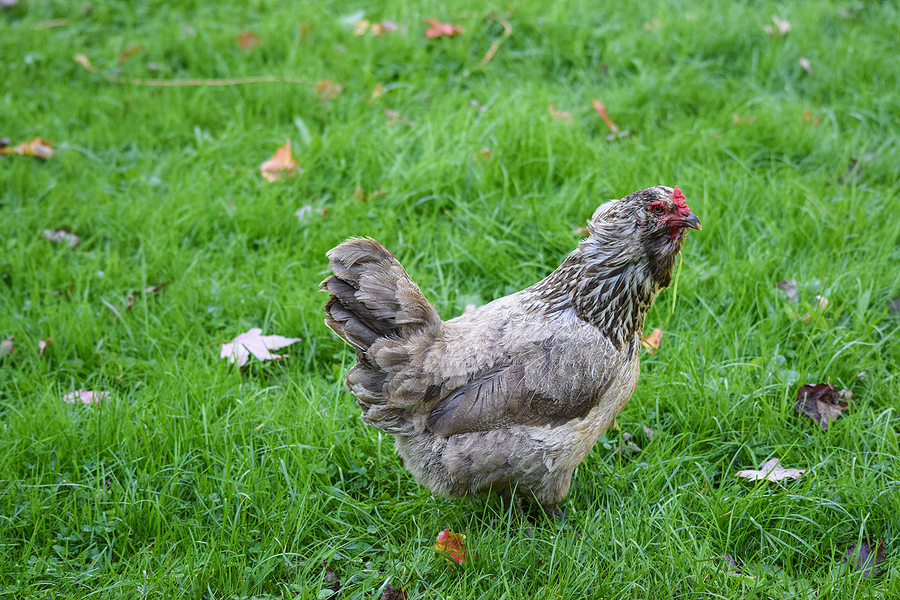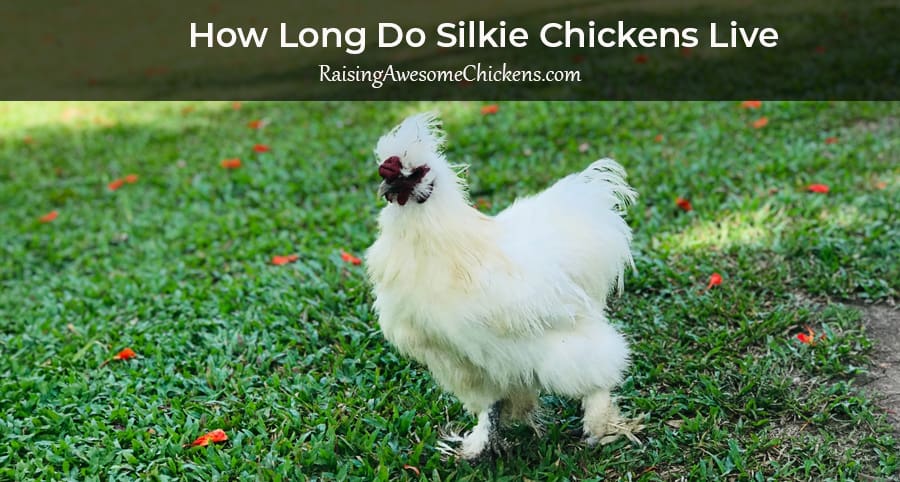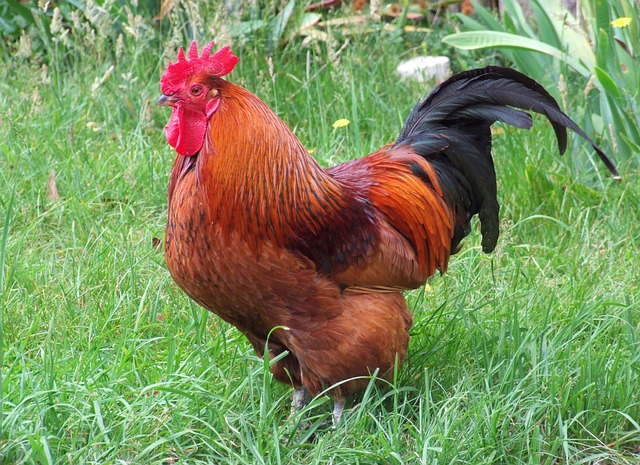
You might have already guessed from the name, but the Rhode Island Red chicken is the state bird of Rhode Island. Like many of the world’s most popular chicken breeds, it was created in the late 19th century, when the appetite and competition for developing the best chicken breeds was strong.
The Rhode Island Red is not to be confused with the Rhode Island White, which is not just a color variation. These two are distinct and separate breeds, and many think they’re just color variants of the same kind.
Table of Contents
Breed Origins
The Rhode Island was first bred both in Rhode Island and Massachusetts during the mid to late 19th century. A number of chicken breeds were used in the selective breeding program that eventually created the Rhode Island Reds, including Cochins, Malays, Leghorns, and Javas. The striking deep rep plumage you see in the best examples of the standard breed is mainly derived from Malays.
Breeding began when Rhode Islander and sea captain William Tripp bought a Malay rooster and took it home to breed with his chickens. The offspring created were used in crossbreeding with other kinds, helped along by Tripp’s friend and fellow agriculture enthusiast John Macomber. The resulting “Tripp’s Fowl” or “Macombers” were refined using the aforementioned breeds above.
The breed’s official naming is credited to Isaac Champlin Wilbour in Rhode Island and also by some to one Mr. Jenny of southern Massachusetts, both around 1879 and 1880. The first standard was recognized in 1898, reaching the Standard of Perfection with the APA in 1904.
It was, first and foremost, bred for utility, and that’s why not a great amount of attention was paid to its looks at the time. Retroactively, however, people have come to love the deep red coloring and simple elegance that the hens and the roosters can exhibit.
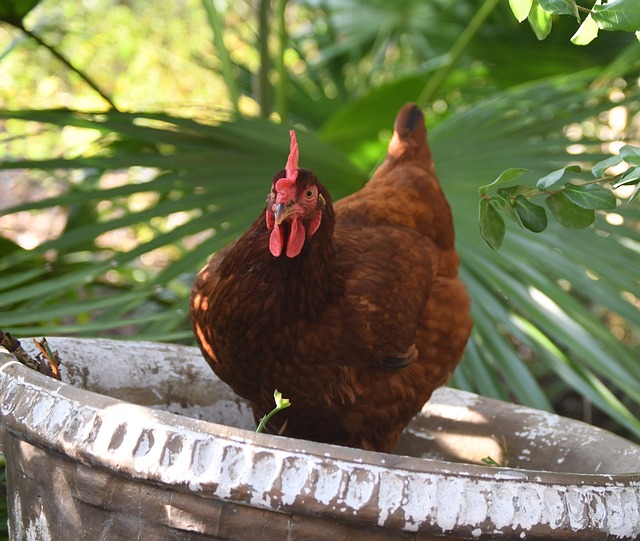
Appearance
The Rhode Island Red has a solid and sturdy build with yellow skin, bare legs, and 4-toed feet. They have red wattles, a single upright comb, and red earlobes, but some also have rose comb. The roosters weigh up to 8.5 lbs, and the hens up to 6.5 lbs.
Their feathers are harder than most other breeds, ranging from a rusty red to a dark, almost black hue. Having some black in the tail and wings is also a common trait, but not one that the APA likes to see when judging for the Standard of Perfection.
If you encounter older, paler birds being adopted or put up for adoption, they are likely birds previously used in industry. Those birds bred by industrial concerns are often lighter overall in color.
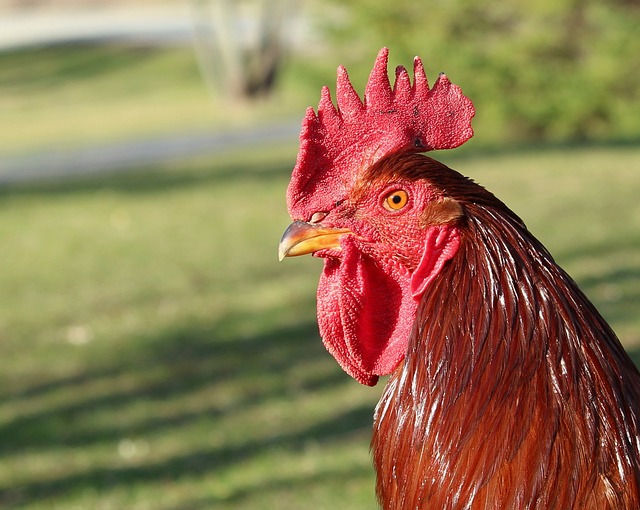
Temperament
An important thing to learn about the Rhode Island Red is that they are active foragers and prefer to be free-ranging rather than confined. They have a fairly docile temperament and get along reasonably well with other chickens in the flock and their human owners. Be wary about putting them in together with more docile breeds, as Rhode Island Reds may decide to assert themselves when faced with more docile neighbors.
The roosters are naturally more aggressive, so one needs to be careful about mixing in roosters with a varied flock. It’s also a good idea to keep young children away from the roosters if possible because their behavior might scare them, and you wouldn’t want that if you’re trying to teach your kids about animal care.
They are happiest when outside foraging for food, preferring to eat insects and seeds they find here and there. They will tolerate limited confinement, but you should restrict it to the bare minimum. A strong, natural, inquisitive nature is another key quality that fuels their desire to free range. Some owners even like to think their Rhode Island Reds are being nosey!
The main personality downside with Reds is that they are relatively noisy compared to many other popular breeds. Their egg song is especially loud. They tend to like their owners and may get noisy when the owner is around, and they’re excited about getting feed or treats. This means they’re not especially well suited for urban environments. The need to range also negates their suitability for urban backyards.
Finally, they are not known for being particularly broody, but those that do will do it to your advantage and be good sitters and mothers. For the rest, however, if you’re hoping to get chicks from the eggs, you might want to consider using an incubator.
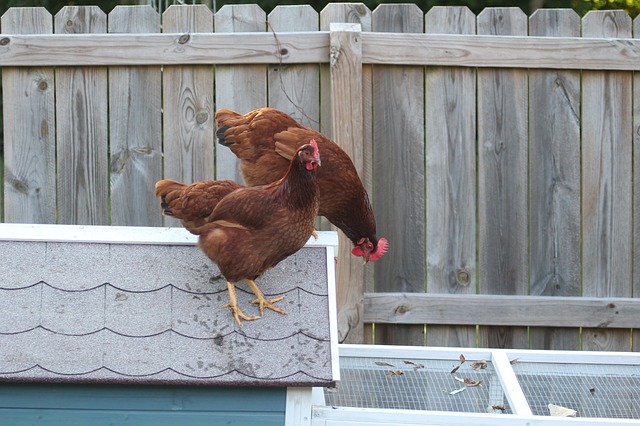
Egg Laying
The Rhode Island Red is a strong egg layer, but only if you buy those bred initially for production. If you’re buying heritage chickens, you can’t expect as many eggs, but the yield isn’t bad. Production-strain Rhode Island Reds can make up to 300 eggs annually (5-6 per week!) Heritage-strain Reds will only get 150-200 per year, and sometimes they’ll exceed the 200 mark.
The eggs are Medium in size, with some learning to large and light brown. Pullets will start laying from 16 weeks, which is a big laying advantage compared to larger breeds like Brahmas (6-7 months) and Jersey Giants (6 months). You’ll probably find that the eggs start on the smaller medium end of the scale and then get larger through its laying lifetime.
One issue with eggs and Rhode Island Reds is when you decide to let them do their thing and free range, the eggs themselves can be pretty hard to find. This smart bird knows how to keep its eggs quite safe. If they’re free range, therefore, finding the eggs can be something of a challenge. They may well not use the nesting box that you give to them.
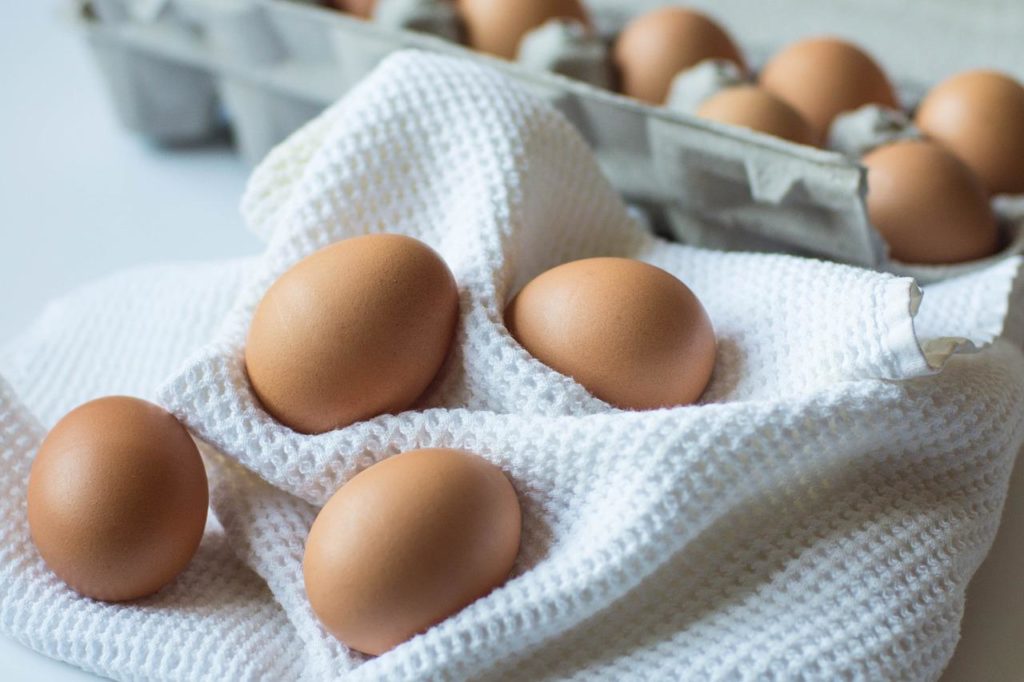
Health Issues
Rhode Island Reds are hardy birds, but they’re not impervious to everything. The Malay chicken DNA is their primary source of robust health, and there are few diseases that owners need to worry about. As with any chicken breed, however, they will need to check for mites and ectoparasites that they pick up, especially as these birds like to be outdoors and free-ranging. Mites and other parasites are easily managed.
Other Information to Know
One more good thing to know about your Rhode Island Red chickens is that they are among the most predator-savvy breeds. Their propensity for ranging outdoors helps them to be much more in tune with their surroundings, unlike Orpingtons and Easter Eggers. That makes them good to have in a flock as they will help to keep everyone safer.
If you want them for eggs, it’s best to get one of the Industrial strains, but the heritage breeds are rarer, which adds a bit of a unique factor to them. If that’s important to you, then look for heritage breeders.
They are not exactly lap hens, but they attach to their owners, perhaps because owners are often the bringers of tasty treats, and they quickly get to make that connection. They’re very useful on your farm if you have a vegetable or flower garden, where they work like natural tillers, eating up pest insects and excess seeds and turning the soil.

